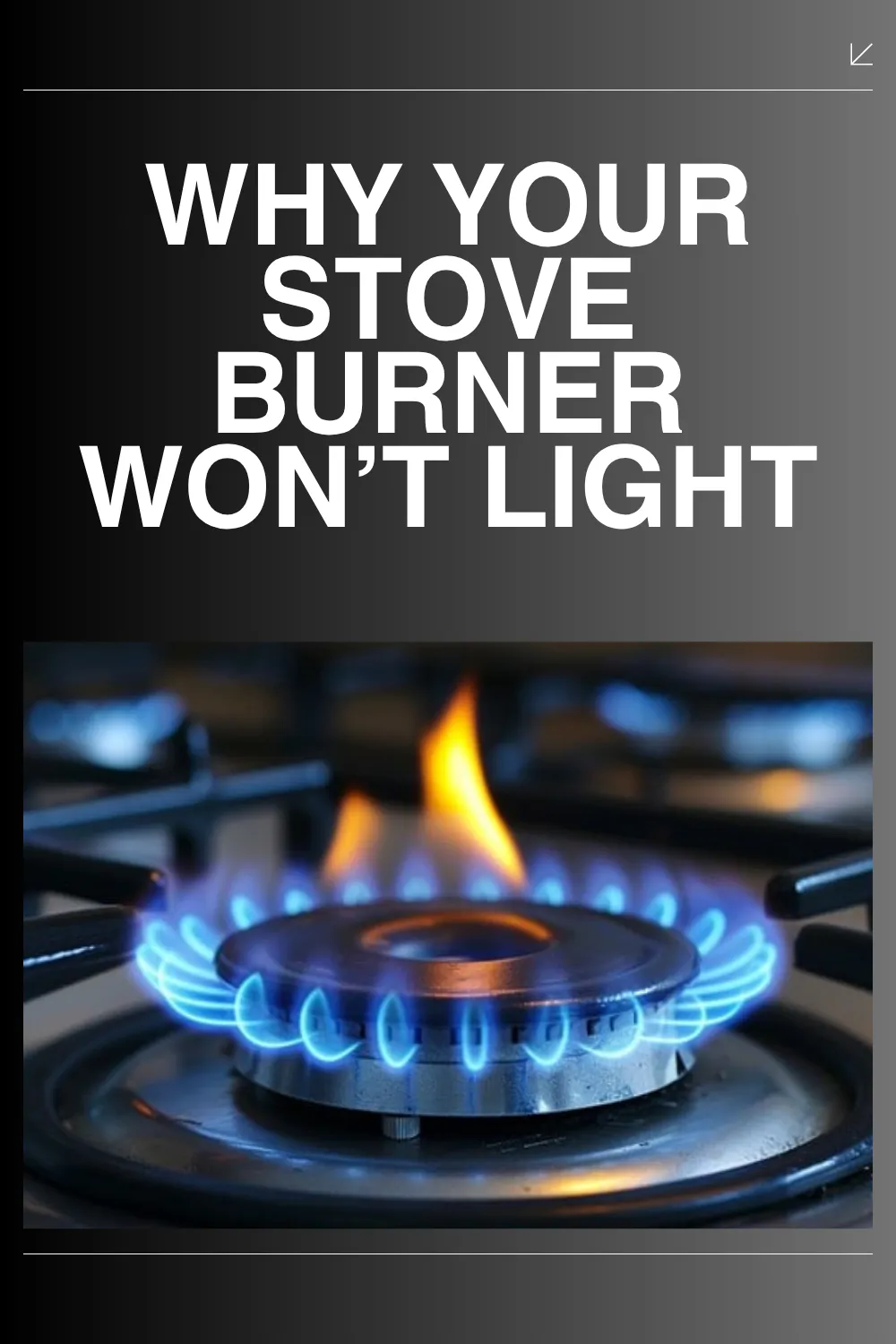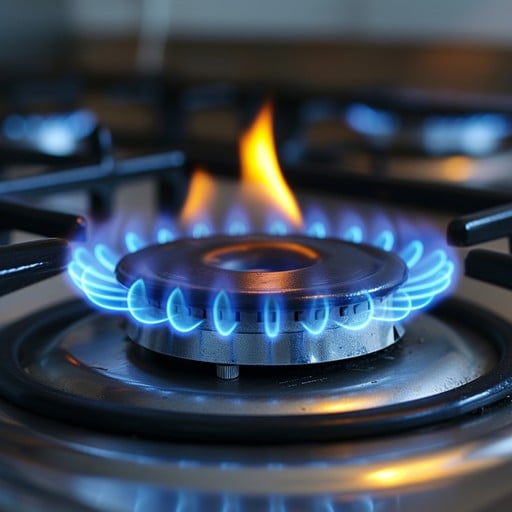
Fresno Appliance Tips Why Your Stove Burner Won’t Light
"A working stove is the heart of every kitchen, and knowing why your burner won’t light can save time, money, and a lot of frustration." - Appliance Boss
Introduction: When Your Stove Burner Refuses to Spark
Few things interrupt a cooking routine faster than a stubborn stove burner. Whether you’re about to sauté fresh vegetables or boil water for pasta, a burner that won’t ignite can be both frustrating and disruptive. In Fresno’s busy households, where mealtime is often a cherished family moment, getting your appliance back in working order quickly is a top priority.
Common Signs Your Stove Burner Has a Problem
Warning signs often appear before a burner stops working entirely. You might notice longer ignition times, uneven flames, strange clicking noises, or the burner going out shortly after lighting. Any of these symptoms can signal that trouble is brewing beneath the surface.

Gas vs. Electric Burners: How Lighting Issues Differ
Gas burners rely on a combination of gas flow and a spark to ignite. If one element fails, the burner won’t light. Electric burners, however, depend on uninterrupted power and heating elements to generate heat. While gas issues often stem from blockages or ignition problems, electric failures are frequently linked to damaged coils or faulty wiring.
Safety First: What to Do Before Inspecting Your Stove
Before attempting any troubleshooting, prioritize safety. Turn off the gas supply or unplug the appliance. Allow the stove to cool completely. Use protective gloves if necessary, and keep your work area well-lit to avoid mishaps.
Understanding How a Stove Burner Works
A gas stove burner functions by releasing a measured stream of gas through small ports, which is then ignited by a spark from the igniter. This produces a steady flame for cooking. Electric burners generate heat through resistance in the coil, which glows red when powered.
The Role of the Igniter in Gas Stoves
The igniter produces the spark necessary to light the gas. Over time, igniters can wear out, weaken, or become coated with grime, reducing their effectiveness. Without a strong spark, ignition becomes unreliable or impossible.
Why Proper Gas Flow Matters for Ignition
Consistent and unobstructed gas flow is essential. If gas is restricted by debris, faulty valves, or damaged lines, ignition will either be delayed or fail entirely.
Clogged Burner Ports: A Small Blockage with Big Impact
Burner ports are the tiny holes around the burner’s edge where gas exits. Even a small particle of food can block the flow, preventing ignition or causing uneven flames.
Food Debris and Grease Build-Up Around the Burner
Cooking inevitably produces spills and splatters. Over time, grease and residue can accumulate, creating a sticky barrier that affects burner performance and igniter function.
Moisture in the Burner: Spills That Cause Temporary Failures
Water or broth spilling into the burner can cause short-term ignition issues. Moisture can interfere with electrical contacts and gas flow until it evaporates.
Worn-Out Igniter: When Sparks Are Weak or Missing
Igniters degrade over time. If the spark is faint, intermittent, or nonexistent, it may be time to replace the part.
Gas Supply Issues: Valves, Lines, and Regulators to Check
Gas appliances depend on consistent supply. Malfunctioning valves, damaged lines, or regulator issues can all lead to a non-lighting burner.
Faulty Spark Module: The Hidden Culprit Behind No Ignition
The spark module sends voltage to the igniter. If this component fails, no spark will be produced, even if the igniter itself is in good condition.
Misaligned Burner Caps: A Simple Fix You Might Overlook
If the burner cap isn’t seated correctly, gas flow can be disrupted, preventing ignition. Realigning it often restores function instantly.
When the Control Switch Fails to Send a Signal
The control switch triggers the igniter when you turn the knob. If it fails, no spark will be generated, regardless of other conditions.
Electrical Connection Problems in Gas Stoves
Loose or corroded wires can interrupt the spark circuit. Visual inspection and tightening of connections can sometimes resolve the issue.
How Weather in Fresno Can Affect Appliance Performance
Fresno’s hot, dry summers can cause materials to expand and contract, affecting seals and connections. Dust accumulation can also impact burner performance.
DIY Cleaning Tips for a Non-Lighting Burner
Remove burner caps and grates. Use a soft brush or toothpick to clear clogged ports. Wipe away grease with a mild degreaser, ensuring all components are completely dry before reassembly.
When to Call a Professional for Stove Repairs
If you detect gas odor, suspect electrical faults, or the problem persists after basic cleaning, professional help is essential for safety and efficiency.
Preventive Maintenance Tips for Long-Lasting Stove Performance
Regular cleaning, seasonal inspections, and prompt attention to small issues can extend your stove’s life and keep it operating smoothly.
Conclusion: Get Your Stove Back in Action
A stove burner that won’t light can be frustrating, but with the right troubleshooting steps and professional help, you can get back to cooking quickly and safely. For expert stove repair and other appliance services in Fresno, trust Zip Appliance Repair and Service. Visit us at https://zipappliancerepairfresno.com/Zip-Appliance-and-plumbing-Repair-Fresno or call (559) 272-4265 today.
